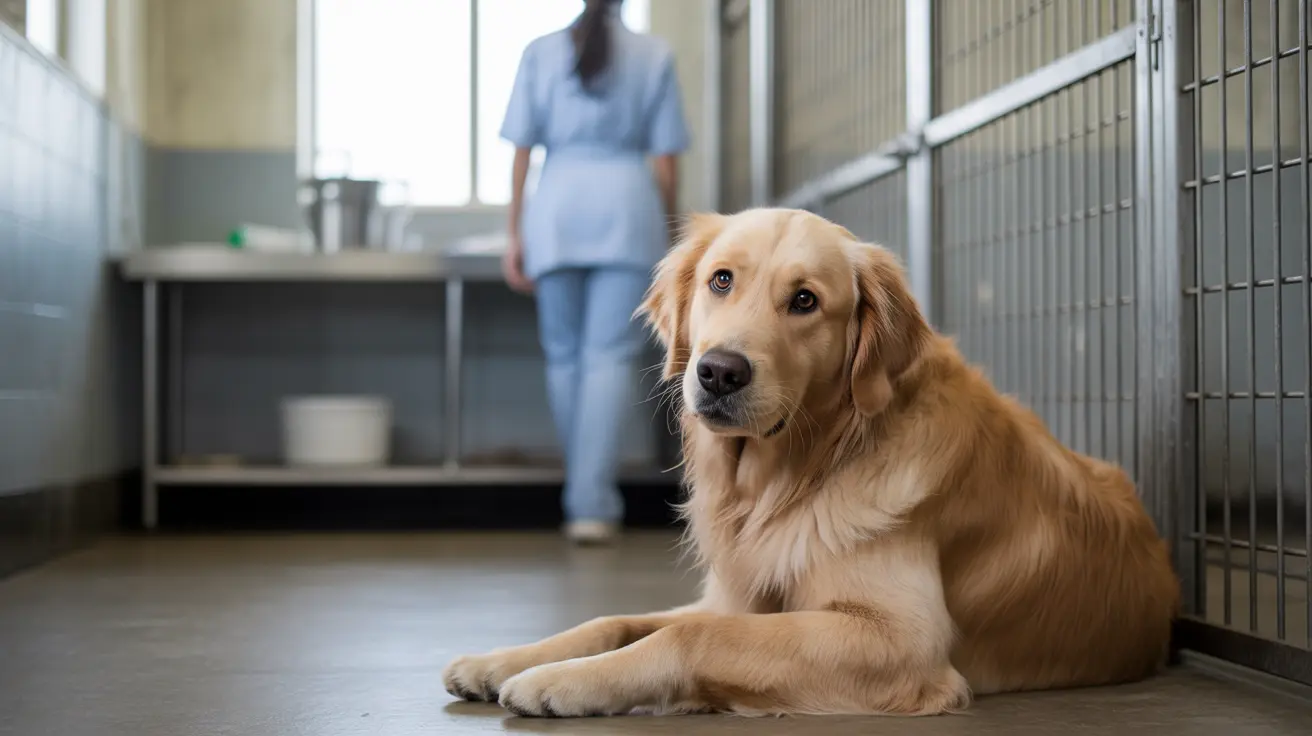Understanding How Long Dogs Remember: A Deep Dive into Canine Memory
Dog lovers often wonder: how long do dogs remember things? The answer reveals much about how dogs experience the world around them. From recognizing their owners after years apart to forgetting where they've hidden a toy moments later, a dog’s memory is both remarkable and unique. This article delves into the fascinating science behind canine memory, its types, duration, and what factors influence it.
Types of Dog Memory
Unlike humans, dogs process memories quite differently. Their memory system is more reliant on associations and less on detailed recollections. Let's explore the primary types of memory in dogs:
- Short-term memory: Typically lasts from 5 to 30 seconds, and occasionally extends to 2–4 minutes for specific tasks. It fades quickly unless reinforced.
- Long-term memory: Formed through repetition and emotional significance, enabling dogs to remember people, places, and routines for months or even years.
- Associative memory: Dogs connect sounds, sights, and actions with outcomes—like associating a leash with going for a walk or a specific tone of voice with praise or reprimand.
- Episodic-like memory: Though not fully akin to human episodic memory, studies suggest dogs can remember specific significant events, such as a training session or a reunion with a loved one.
- Spatial memory: Essential for navigation, spatial memory helps dogs remember the location of food, toys, and familiar routes.
Short-Term Memory in Dogs
Dogs have limited short-term memory. Studies suggest this type of memory lasts mere seconds, around 5 to 30 seconds in many cases, or up to a few minutes under certain conditions. This means if a dog is scolded or performs an action and is not subsequently reinforced or redirected, it is unlikely they will remember the experience a few minutes later.
That’s why consistency and timing are crucial in training. Immediate feedback strengthens the association between an action and its consequence, enabling productive behavior shaping.
Long-Term Memory in Dogs
Dogs boast a robust long-term memory. Repetition, emotional connections, and positive or negative reinforcements fortify these memories. Many dogs can remember their owners or favorite handlers for years based on scent, voice, or overall demeanor.
Examples abound of dogs recognizing people after prolonged separations, often reacting with joy, barking, or wagging tails. This long-term memory is deeply rooted in their emotional experiences and is less visual and more sensory-based—particularly dependent on smell.
How Associative Memory Shapes Behavior
Associative memory is central to how dogs learn. They may not remember a birthday cake, but they’ll remember that the sight of a leash precedes a walk. These connections, positive or negative, guide behavior. For instance:
- Hearing a can opening may signal food.
- Seeing a suitcase might trigger anxiety if it’s linked with an owner leaving.
- The presence of a vet’s office scent may cause fear due to past experiences.
These associations are not mere reactions—they are examples of dogs processing and remembering patterns.
Can Dogs Remember Past Events?
While dogs don't reflect on the past like humans with richly detailed recollections, research indicates they exhibit episodic-like memory. This is shown in situations where dogs imitate actions they saw after a delay, such as mirroring a trainer’s moves minutes later without prompting. These memories are typically tied to emotionally charged or novel experiences.
What Influences a Dog’s Memory?
Several factors affect the quality and longevity of dog memories:
- Age: Puppies and middle-aged dogs tend to retain memories better. Older dogs may suffer from cognitive decline, affecting memory.
- Breed: Some breeds bred for work or task-based roles (e.g., Border Collies, German Shepherds) show heightened memory capabilities.
- Health: Poor health, including neurological issues, can impair memory.
- Environment: Dogs in stimulating environments retain memories better than those in isolated or unstimulating spaces.
- Emotional bonding: Strong emotional experiences, especially those tied to affection or fear, create longer-lasting memories.
Negative Experiences and Memory
Just like positive reinforcement reinforces good behavior, negative experiences can leave deep impressions. A harsh tone, painful encounter, or past trauma can result in avoidance behaviors or anxiety, especially when similar stimuli reappear. However, with patience, desensitization, and positive associations, these memories can be neutralized or replaced over time.
Optimizing Your Dog’s Memory Through Training
To build effective memory pathways in your dog, trainers recommend the following principles:
- Use positive reinforcement like treats or praise.
- Keep training consistent and repetitive.
- Make sessions short but regular.
- Introduce interactive toys and games to stimulate their minds.
- Expose dogs to a variety of people and places to broaden memory banks.
The Power of Scent and Memory
Dogs have a highly developed olfactory system, which plays a central role in memory. They identify people, places, and other animals largely through scent, and this recognition can persist even years later. For example, former owners recognized by scent can receive exuberant greetings, showing the emotional depth of their long-term memory.
Conclusion
Though dogs don't recall events in the way humans do, their memory is perfectly tailored to their needs. Through associative learning, long-term bonding, and emotional resonance, dogs can remember what truly matters to them. By understanding and nurturing these memory processes, pet owners can foster stronger, more trusting relationships with their beloved companions.





